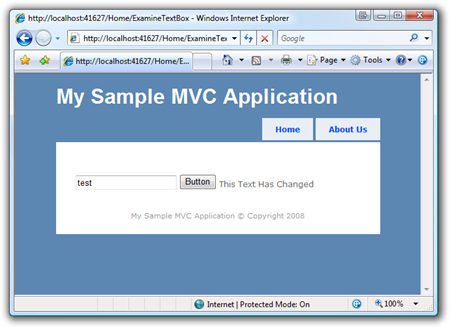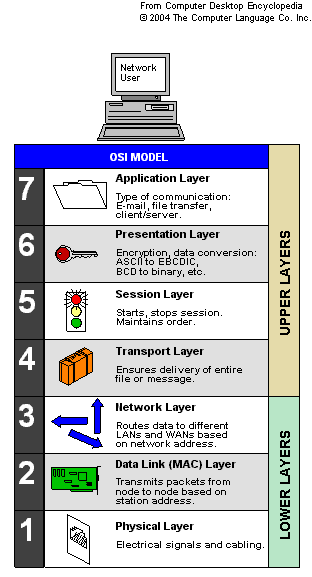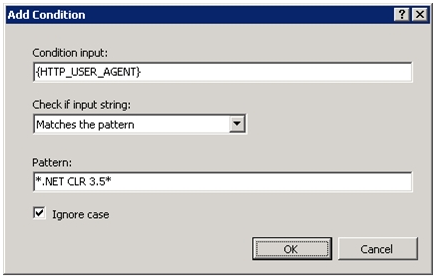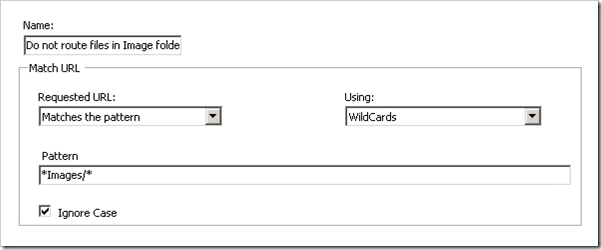ASP.NET MVC Preview 4 - Using Ajax and Ajax.Form
ASP.NET MVC Preview 4 is up on CodePlex. The Gu has all the exquisite Gu-Like Detail on his blog. Phil Haack has some notes on this release on his blog.
If you take a look at the generated "changes" document, it shows a bunch of new stuff like AjaxHelpers and AjaxExtensions that set the stage for some interesting things the community could do with ASP.NET MVC and Ajax. I'd like to see some JQuery love in there, maybe with some MVCContrib as they've been quiet lately.
Using the new Preview 4 bits, here's what I was able to get running in just a few minutes.
Given a ViewPage that has a TextBox and a Button on it, when I click the button (and submit the form) I'll call back to the server and get some text that should then go in the div next to the button.

The View looks like:
<asp:Content ID="indexContent" ContentPlaceHolderID="MainContent" runat="server">
<p>
<%using (Ajax.Form("ExamineTextBox", new AjaxOptions { UpdateTargetId = "result" }))
{ %>
<%= Html.TextBox("textBox1")%>
<input type="submit" value="Button"/>
<span id="result"/>
<% } %>
</p>
</asp:Content>
Notice the Ajax.Form helper and the UpdateTargetID that refers to the span. There's more AjaxOptions in there to explore as well, that we'll see in a second. The controller action looks like this:
public class HomeController : Controller
{
public string ExamineTextBox(string textBox1)
{
if (textBox1 != "Initial Data")
{
return "This text is MVC different from before!";
}
return String.Empty;
}
}
Notice that the return method of the ExamineTextBox isn't an ActionResult, it's a string. In fact, the string result is being wrapped for you into a ContentResult. You could certainly make a ContentResult yourself, but this makes for a nicer looking method signature.
The result of that method is returned via the AJAX call, then put into that span via magic and pixie dust. Actually, the request looks like this:
POST /Home/ExamineTextBox HTTP/1.1
Referer: http://localhost.:45210/Home
Content-Type: application/x-www-form-urlencoded; charset=utf-8
Accept-Encoding: gzip, deflate
Host: localhost.:45210
Content-Length: 28
Connection: Keep-Alive
Pragma: no-cache
textBox1=dude&__MVCAJAX=true
and the Response like this:
HTTP/1.1 200 OK
Server: ASP.NET Development Server/9.0.0.0
Cache-Control: private
Content-Type: text/html; charset=utf-8
Content-Length: 39
Connection: Close
This text is MVC different from before!
And that UpdateTargetID (the span) mentioned in the Ajax Form helper above? That's swapped in via the magic in MicrosoftMvcAjax.debug.js. There are options for before, after and replace.
// Insert the results into the target element
if (targetElement) {
switch (insertionMode) {
case Sys.Mvc.InsertionMode.Replace:
targetElement.innerHTML = executor.get_responseData();
break;
case Sys.Mvc.InsertionMode.InsertBefore:
targetElement.innerHTML = executor.get_responseData() + targetElement.innerHTML;
break;
case Sys.Mvc.InsertionMode.InsertAfter:
targetElement.innerHTML = targetElement.innerHTML + executor.get_responseData();
break;
}
}
Note that I had to manually (for now) add the JavaScript libraries, so I put them in my Site.Master View.
<script src="/Content/MicrosoftAjax.debug.js" type="text/javascript"></script>
<script src="/Content/MicrosoftMvcAjax.debug.js" type="text/javascript"></script>
Also, notice that the MicrosoftMvcAjax.js is new and it's in your /Content folder if you make a new MVC Application. Congrats to Phil and Eilon and the team for this release!
Related Links
About Scott
Scott Hanselman is a former professor, former Chief Architect in finance, now speaker, consultant, father, diabetic, and Microsoft employee. He is a failed stand-up comic, a cornrower, and a book author.
About Newsletter







 Microsoft Outlook
Microsoft Outlook Windows Live Calendar
Windows Live Calendar Apple iCal
Apple iCal Google Calendar
Google Calendar